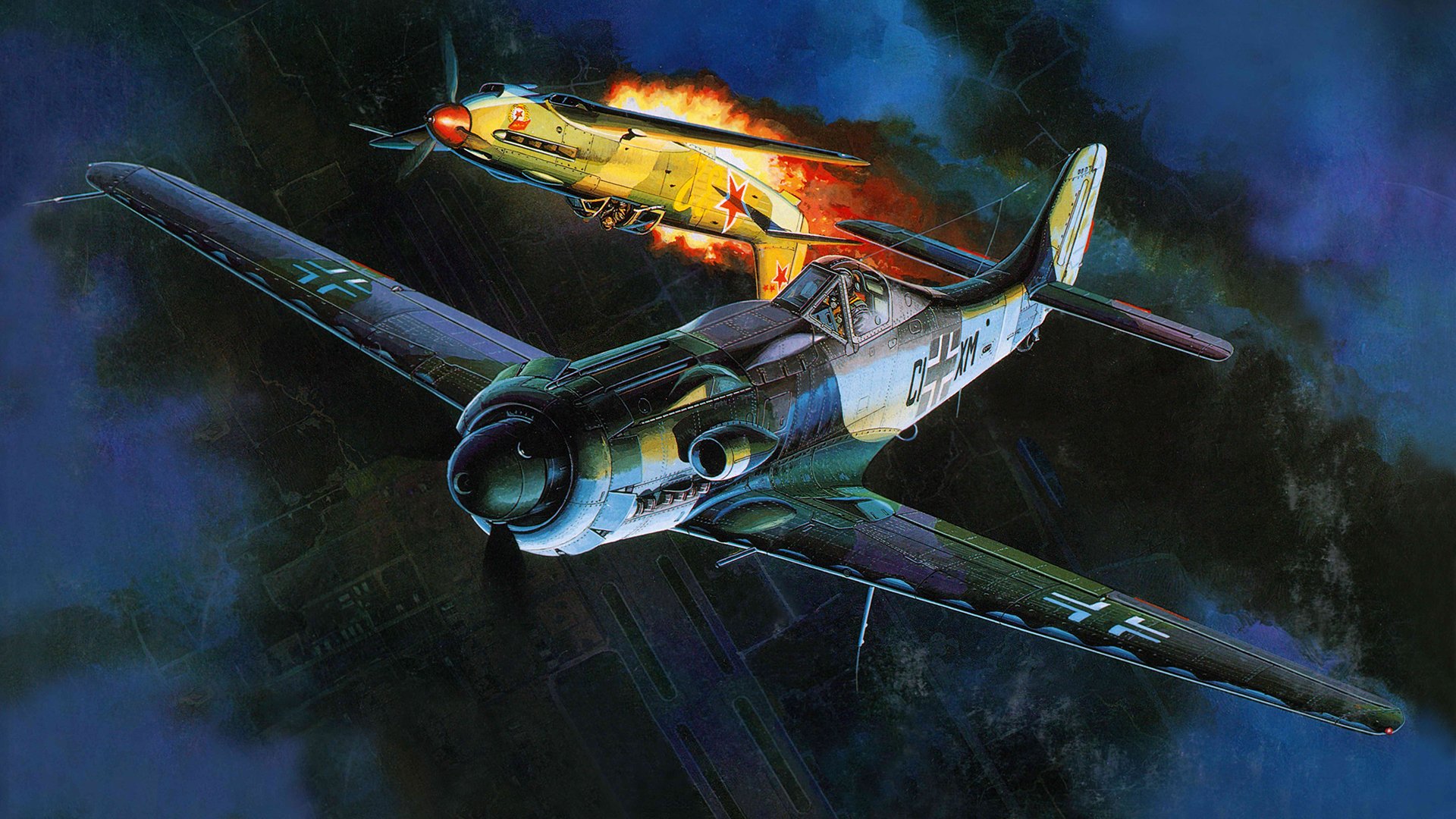
The Hellcat’s speed and ability to get into firing position were admired by M18 crews, but the lack of killing power of the 76mm gun and minimal protection offered to the crew made commanders tread carefully in converting whole battalions over from the M10. While deployed in Italy, initial use of the T70 revealed design flaws which would come to limit the M18’s usefulness as a tank killer later in the drive across Europe. Three of these vehicles were deployed in the reconnaissance company of the 894th Tank Destroyer Battalion, participating in breakthrough operations at Anzio in late May.

The M18’s service in combat began as it was still being standardized, with five of the new T70 models being sent to the Italian campaign that same spring.

During a lull in the fighting in Brest, France, on 12 September 1944, crewmen of an M18 nicknamed “Big Gee” inspect their vehicle. By June 1943, Buick was already rushing T70 models into production, and by the time the M18 was standardized in March 1944, the nickname “Hellcat” was already being used for promotional purposes. Capable of top road speeds in excess of fifty miles per hour, the twenty-ton, second generation tank destroyer packed a high-velocity 76mm main gun with the same stopping power as the M10’s 3-inch gun. Favoring a vehicle with greater speed, cost effectiveness, and mobility, while at the same time not sacrificing firepower, Bruce secured the test models for his ideal panzer hunter with the T70 prototype. The M10, based on the M4 Sherman chassis, was a reliable fighting vehicle to match the medium German panzers in the deserts of North Africa, but it was not the long-term solution Bruce had in mind. Needing a rugged but fast moving vehicle to close with enemy armored attacks from the likes of the Panzer III and Panzer IV, the AGF Board moved to standardize the M10 Wolverine tank destroyer, armed with a 3-inch gun, by the spring of 1943. The M6 design, which featured a 37mm anti-tank gun attached to a modified light truck, was woefully ineffective during initial use in the North African campaign, as was the M3, a half-track armed with a low-velocity 75mm gun. The Hellcat’s main gun was a high-velocity 76mm cannon. 50 caliber machine gun on an M18 during a training maneuver. The solution was the Gun Motor Carriage (GMC), although the first few models developed by the Army were anything but effective. Bruce, a respected planner from the War Department’s G-3 section, immediately set out to develop a vehicle fast enough to maneuver around the flanks of enemy columns to attack from the rear, and with enough killing power to distinguish it from the infantry support oriented tanks like the M4 Sherman. Bruce assumed command of the Tank Destroyer Tactical and Firing Center at Fort Meade, Maryland. The origin of the M18 dates to these first few weeks before the United States’ entry into World War II, when, on 27 November, Lieutenant Colonel Andrew D. During training in the United States, soldiers serving in tank destroyer units were authorized to wear the Tank Destroyer Forces shoulder sleeve insignia. Despite flaws in its doctrine and weapons developed to counter the panzer threat, the Army was well on its way toward developing its Tank Destroyer Force and several tank destroyer systems, including the M18 Hellcat, by the time the United States entered World War II. However, as German panzers tracked further into Eastern Europe, refinement of the tactics and development of the vehicles with which to blunt the new method of warfare still lagged. Within a year, the conclusion that mobile, massed anti-armor operations should be employed to counter armored attacks had been adopted after doctrinal endorsement from Army Chief of Staff General George C. McNair, set out to amend a strategy based around static and localized anti-armor defense beginning in the latter stages of 1940.

Having witnessed the rapid advances of armored and mechanized forces in the German Blitzkrieg across Poland, the Low Countries, and France, War Department planners, including the future commander of Army Ground Forces (AGF), Lesley J. Army was coming to terms with the need to adapt its arsenal and operational doctrines to the evolving European battlefield. Even before Nazi Germany’s declaration of war on America on 11 December 1941, the U.S.


 0 kommentar(er)
0 kommentar(er)
